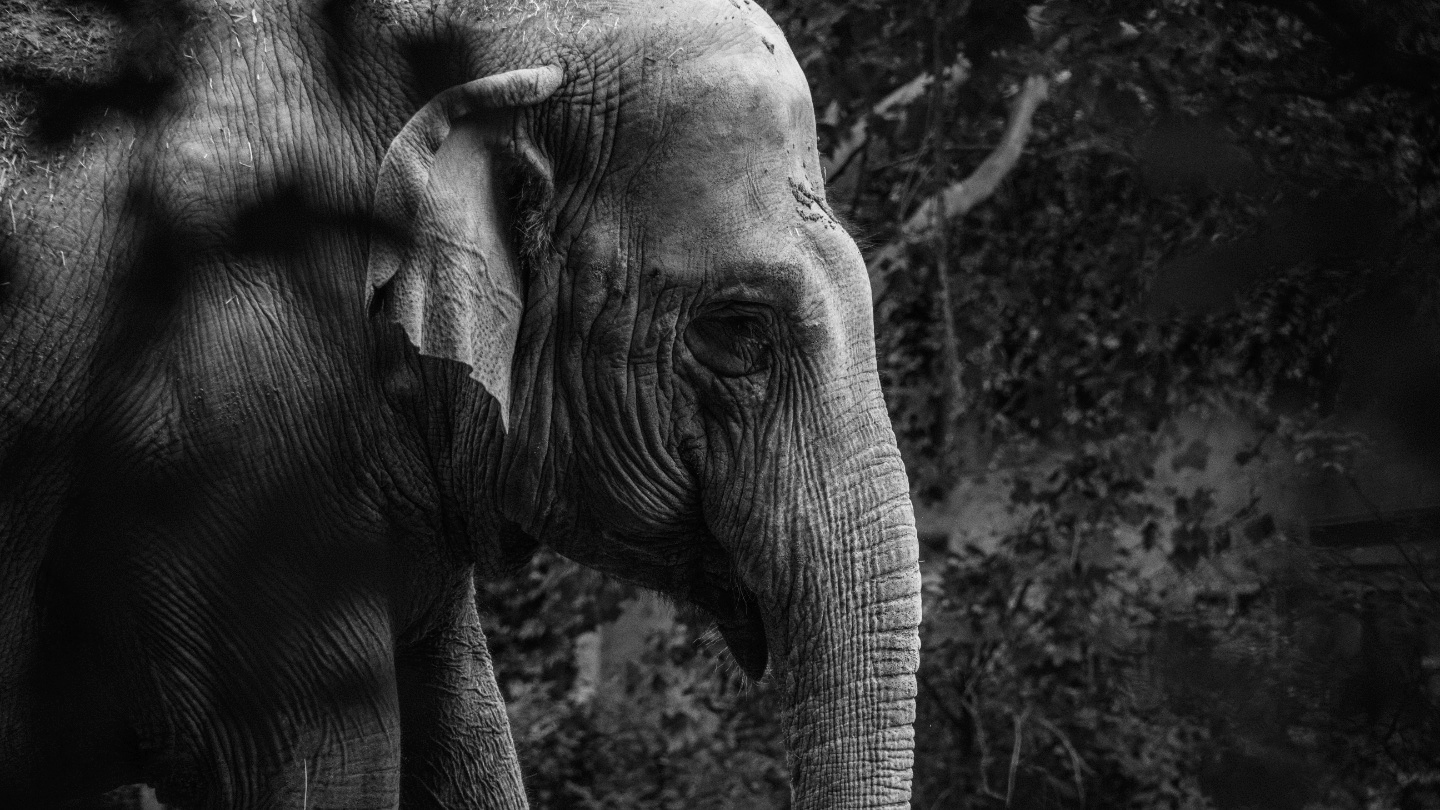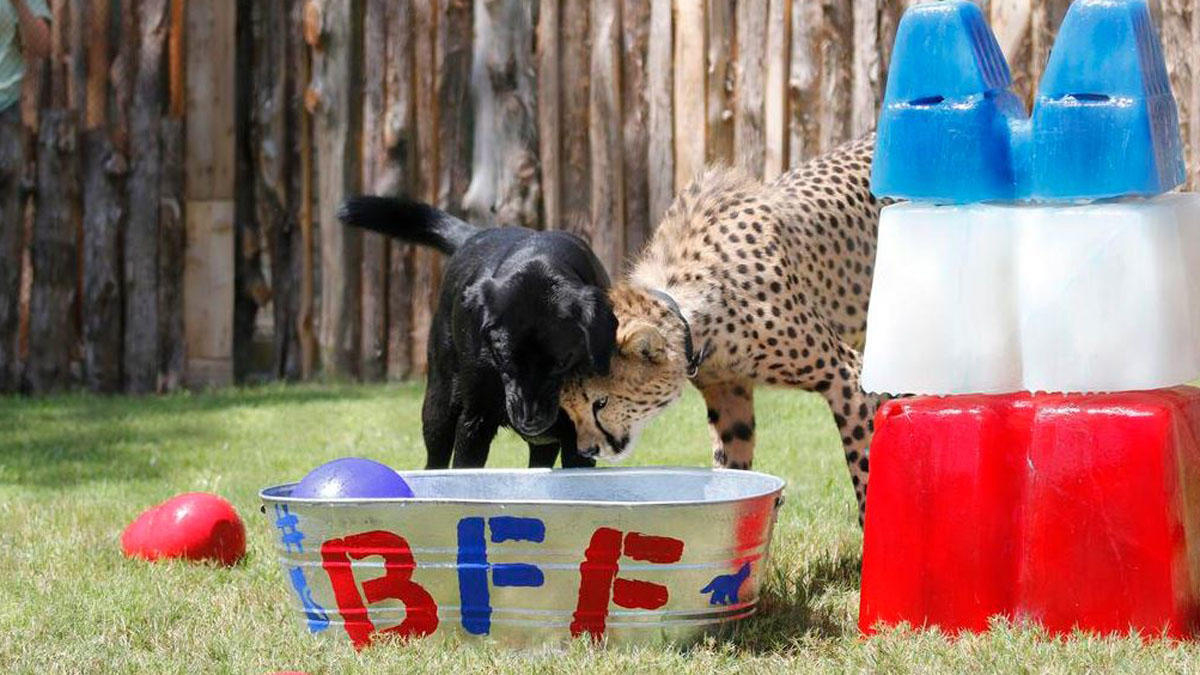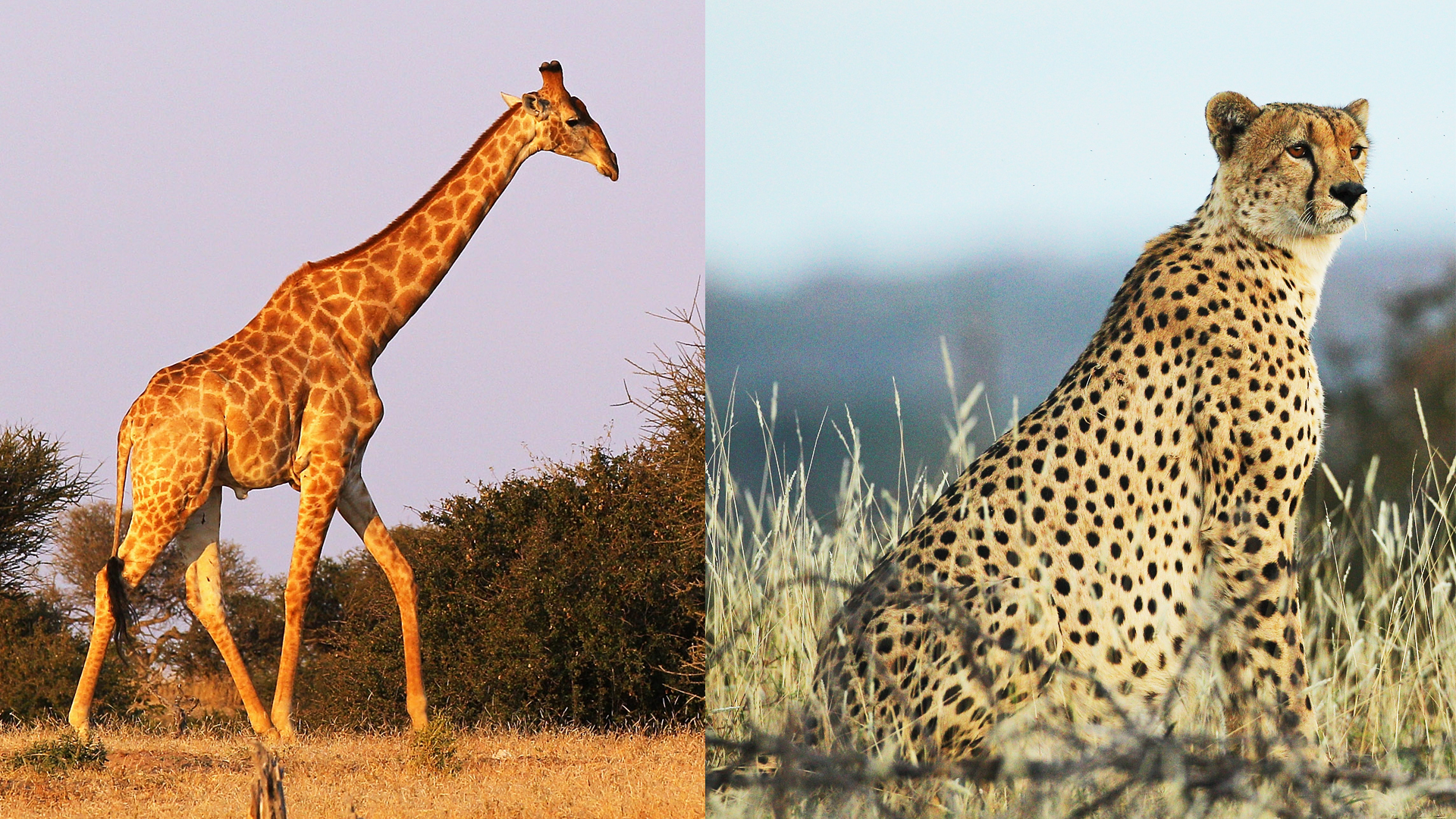zoo
An elephant at the Bronx Zoo has become a cause célèbre for animal rights activists.
One day, we might be able to say that the dog saved the cheetah from extinction.
Cheetahs and giraffes have been placed on the conservation “red list” due to collapsing populations.


